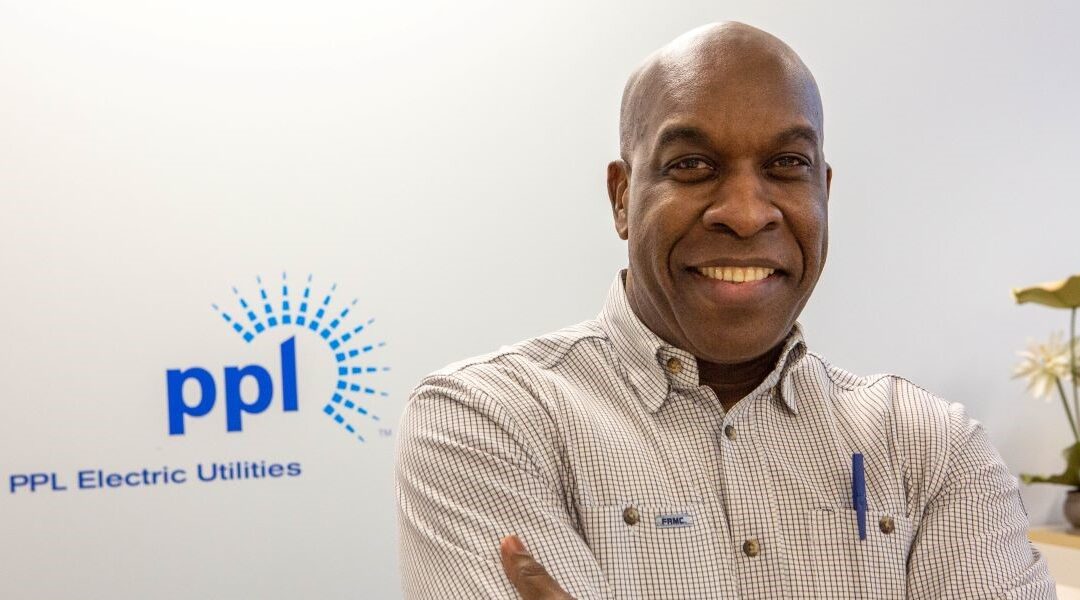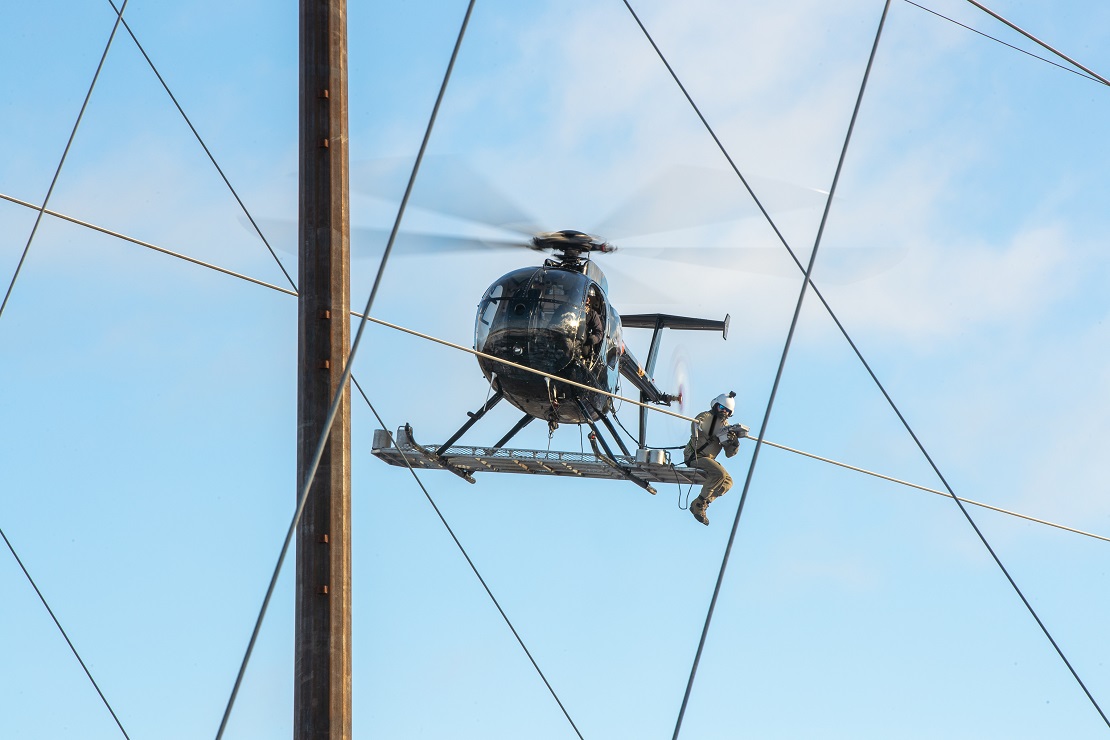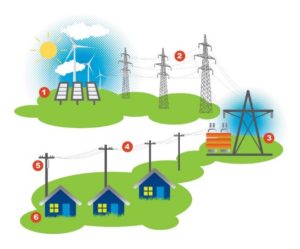
Engineering an electric and educational future
This week is Engineers Week, a time dedicated to celebrating all that engineers do to make a difference, while promoting the need for more engineers in society. We’re proud of our hardworking, innovative engineers who help push us toward our goal of becoming the utility of the future.
Francis Frank is one of our engineers making a difference both here at PPL Electric and beyond. As the director of grid modernization, he’s tasked with keeping our grid reliable for years to come.
“I look at the grid today, and I prepare it for the future,” Frank said. “I’m figuring out how solar, electric vehicles, wind and other renewable energy sources will affect the grid.”
As Francis looks toward the future, he’s motivated by his past. He is a proud native of the Caribbean island country of Grenada. From a young age, he took an interest in how energy worked at home.
“I saw how the lack of proper administration of power services, like power distribution, affected the island,” he said. “I was always interested in figuring out why a country with so much sunshine was powered by diesel.”
Francis received an associate degree in Grenada before moving to the United States. His plan was to get a second degree and head home. Over 20 years later, he is still making a difference in the U.S. He joined PPL Electric in September of 2022, and has been working with his 67 team members to advance a safe, reliable and affordable electric future. Francis says that progression would not be possible without his team.
“My team is the valuable resource that enables my success,” he said. “Our engineers and technicians provide the technical solutions to enable the grid modernization projects and processes. The foundation of this team is allowing us to become the utility of the future.”
Although he stayed in America, his roots are still deeply embedded in the communities that make up Grenada. He is the president of his family’s foundation, dedicated to helping provide schoolbooks, fees, uniforms and more to local students.
“I’m blessed,” he said. “I consider myself, first and foremost, an ambassador to Grenada. The foundation is a way to represent my country and help it come together as one nation with one future.”
As an engineer, Francis says he would love to see some of these students be inspired by the island around them and take a similar path, but he says there’s also a need for engineers here in the U.S.
“Engineers are so valuable,” he said. “We need to encourage STEM programs in our education systems, so we can have engineers ready to come up with important solutions in our future. Our value should always be celebrated and encouraged.”
Francis solves problems today that positively impact the years ahead. He’s engineering a clean, affordable energy future, while engineering an educational foundation for children in his native country.
“It’s hard work, but it’s rewarding because I know where I come from and I’m blessed to have this opportunity,” he said. “Somebody ought to do it, and I’m blessed that I’ve been chosen to take it on.”
We are grateful for Francis and the many engineers that help us provide safe, reliable power to over 1.5 million customers.


